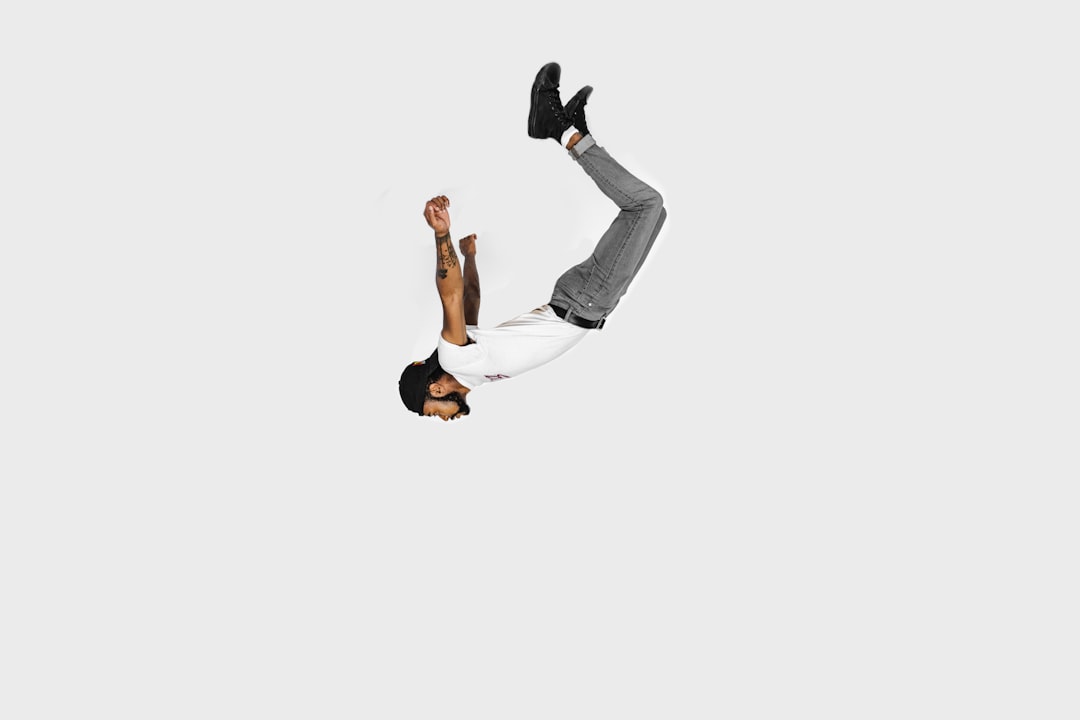What is it about?
Using the work of physicist and philosopher Karen Barad (2007), this philosophical inquiry investigates the nature of measurement in music education while concurrently exploring the assumptions underlying documents related to the proposed music Model Cornerstone Assessments. This paper explains how measurement apparatuses produce musical practices and propagate inclusions and exclusions as well as how measurement serves as a process through which “teacher” and “student” emerge.
Featured Image
Why is it important?
Since measurement and assessment play a significant role in contemporary education discourse and practice, the assumptions underlying these processes necessitate attention. This paper suggests that music education policymakers, teachers, and students might reconsider the language that they use to write and talk about measurement and assessment and empower themselves to critique and reimagine existing measurement apparatuses and assessment practices.
Read the Original
This page is a summary of: Measuring Music Education, Journal of Research in Music Education, August 2016, SAGE Publications,
DOI: 10.1177/0022429416659250.
You can read the full text:
Contributors
The following have contributed to this page










